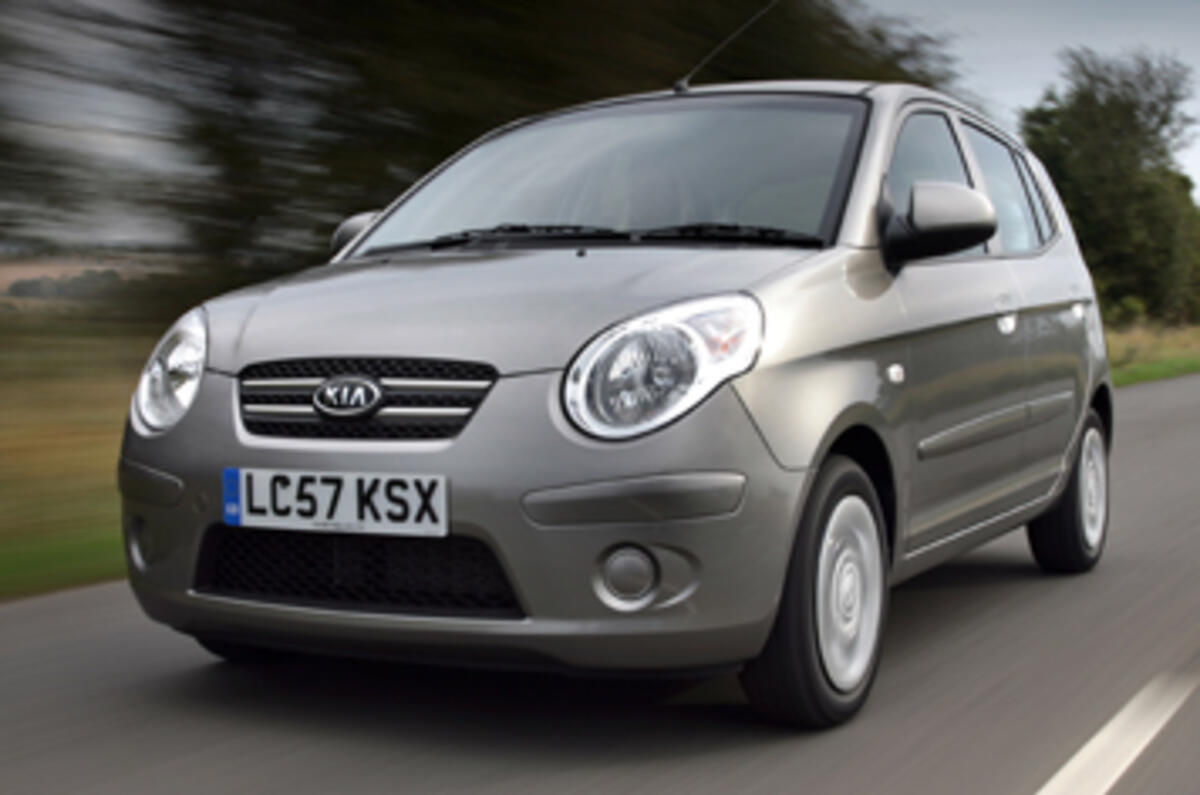What is it?
One of the cheapest city cars in Britain, that’s what, and it’s just had a mid-life makeover intended to bring its looks in line with its bigger Cee’d sibling.
What’s it like?
The Picanto’s still old-school Kia – built in Korea rather than at the company’s Slovakian factory – but is the growing brand’s biggest-selling model. Sales in Britain have been buoyed by budget prices, cutesy looks and an extensive warranty, and the new 2008 revisions trade heavily on all three. Enhancements are most obvious on the outside where the Picanto’s cheeky, cute front-end looks tidier and rounder; the awful old front grille replaced by a wider, black honeycomb mesh and new light clusters adding extra funk to the finish.
Top-end versions get 15in alloys while cheaper models use 13in steel wheels with alloy-apeing hubcaps. Inside the cabin the dark swathe of cheap plastic tolerated on previous Picantos has been lightened and improved, while dials and instruments now benefit from orange backlighting - which you’ll also find on the Cee’d – adding a premium feel.
There’s a factory-fit CD stereo for the first time, although it sounds tinny, and an MP3 player plug-in introduced for top spec models. Taller drivers will still be uncomfortable though, hindered by the Picanto’s steering wheel that still doesn’t adjust for reach, but at least the controls feel well weighted once you get going.
Around town the Picanto’s biggest 64bhp, 1.1-litre engine (with a miserly 2bhp more than before) feels adequate but it struggles to keep pace between 50 and 70mph.
Should I buy one?
Prices won’t be rising after the facelift so – starting at £6000 – the Picanto range still offers unparalleled budget motoring. But on the road it’s beginning to fall behind newer, not wildly more expensive superminis like the Fiat Panda and Mazda 2.








Add your comment